Inspired by the ‘whitest beetle known to science,’ PolyU researchers reveal an advanced cooling material for sustainable indoor cooling.
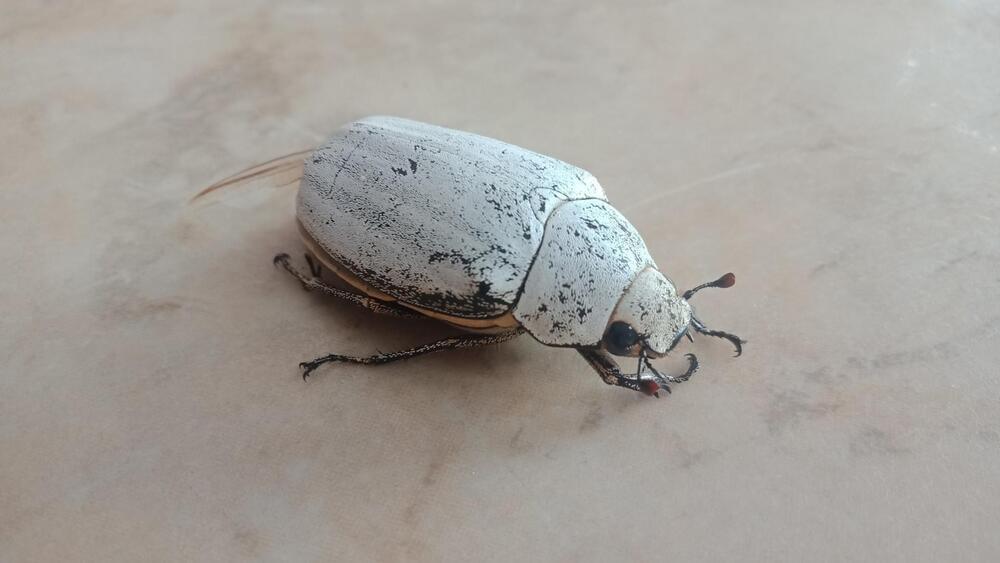

Preparations for the third flight of Starship are making solid progress after both vehicles completed their respective solo test campaigns. Booster 10 rolled back to the Shipyard for final mods and checkouts before its flight, and Ship 28 wasn’t far behind. Both vehicles are now in their Bays for final work before rolling back to the launch site for integrated stack testing and launch.
Booster 10
Booster 10 recently rolled back to the Booster Bay (Mega Bay 1) on Jan. 2, 2024. SpaceX rolled it back in order to complete final preps and mods ahead of its flight.
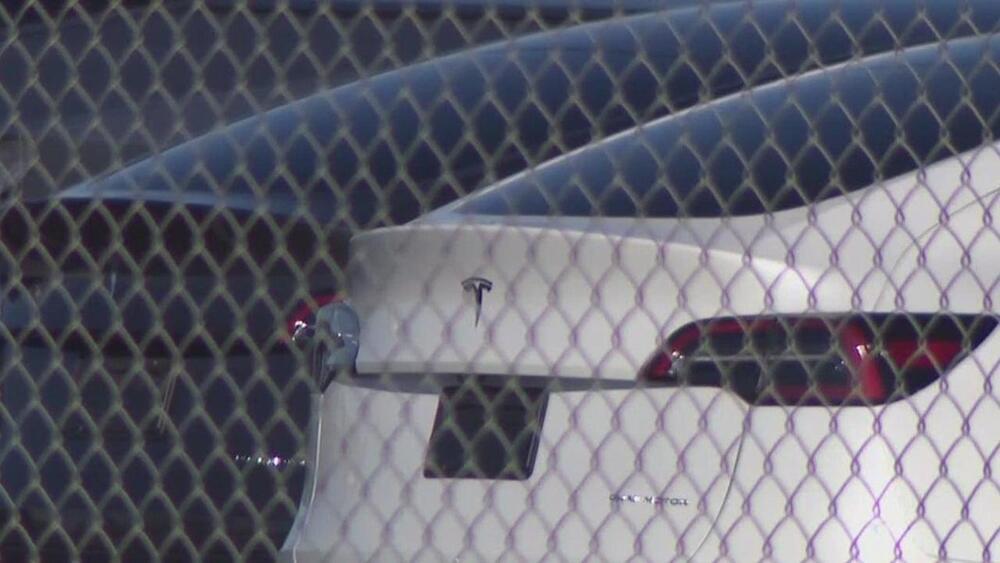
Tesla is moving to Hutto. The company is expanding out of its massive factory in Austin and heading to the much smaller central Texas town.
HUTTO, Texas — Tesla is expanding out of its massive factory in Austin and heading to a much smaller Central Texas town: Hutto.
“I like it when this was just a little country town, and this was it,” said Louis Guillaud. “This downtown area here was it.”
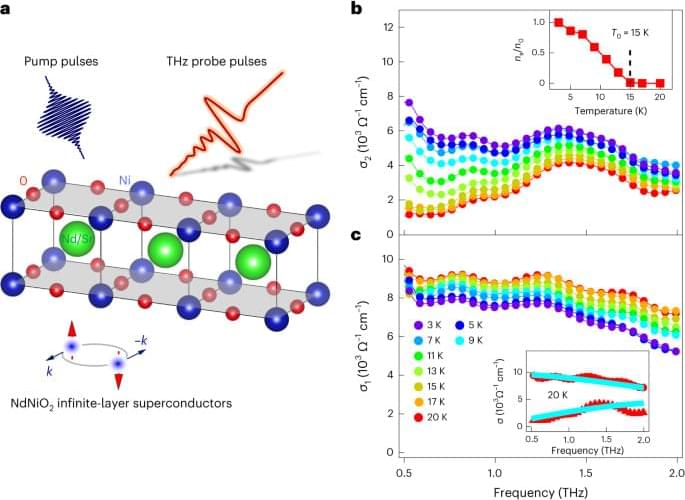

Building the future with AI.
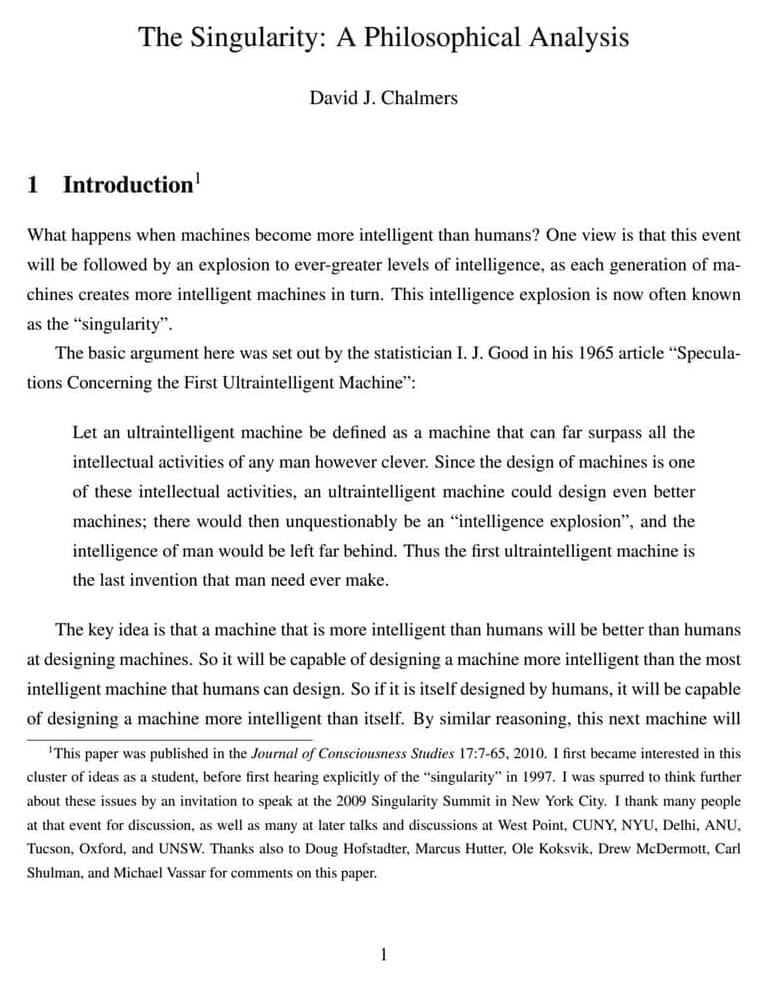
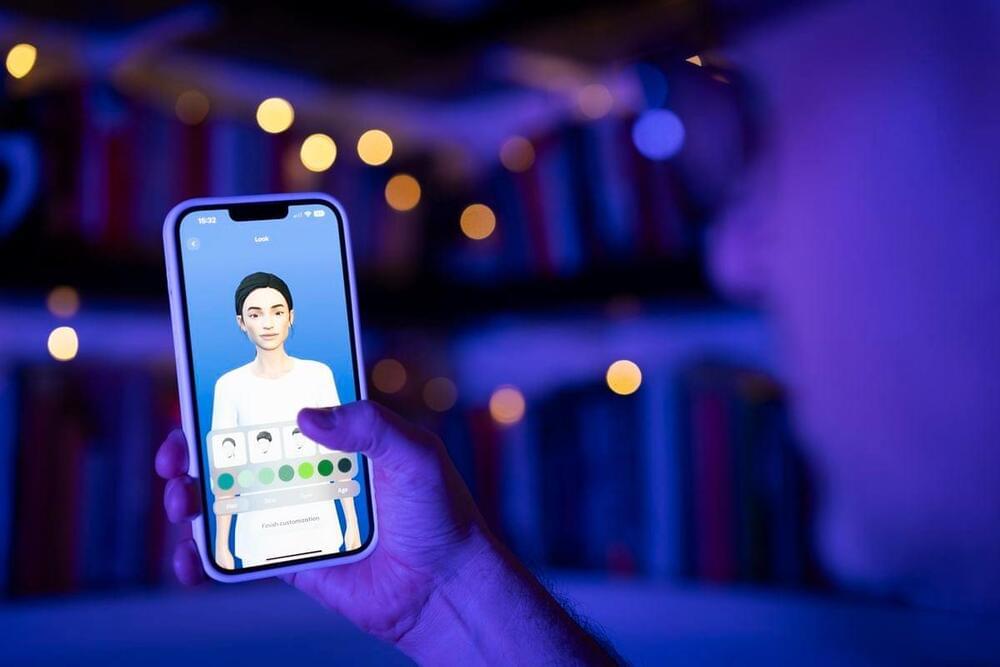
Scientific knowledge can progress rapidly, yet its social, economic, and political impacts often unfold at a painstakingly slow pace. The medicine of the 21st century draws upon genetic and embryological breakthroughs of the 19th century. Our current technology is firmly grounded in quantum physics, which was formulated a century ago. And the topic of the day, artificial intelligence (AI), traces its origins to the secret weapons research during World War II.
In 1935, the brilliant British mathematician, Alan Turing, envisioned a conceptual computer. His genius would later lead him to crack the Enigma code used by German submarines for secret communications during the war. Turing’s contributions extended beyond cryptography, as he introduced fundamental concepts of AI, including the training of artificial neural networks. Benedict Cumberbatch portrayed Turing in the 2014 film The Imitation Game, which earned a screenplay Oscar that year. All this historical context brings us to the heart of the current AI revolution.
AI uses neural networks, also known as artificial neural networks, which are comprised of multiple layers of artificial neurons. Each neuron receives numerous inputs from the lower layer and produces a single output to the upper layer, similar to the dendrites and axon of natural neurons. As information progresses through each layer, it gradually becomes more abstract, resembling the process that occurs in the visual cortex of our brains.
An alarmingly large portion of the world’s business and finance systems run on COBOL, and only a small community of programmers know it. IBM thinks Watson can help, but it’s not guaranteed.
Hackernews #1 @Rosebud_AI We’re building a platform to help users go from description to code to game. We aim to make game creation accessible to non-technical creators, so our UI provides explanations alongside the generated code.
Users have created a diverse range of games on Rosebud, including top-down RPGs, AI companions, and 3D obstacle courses, all within a few hours and sometimes minutes. Here are some examples you can play and clone (to start your own project).
* Anime Jester Companion: https://play.rosebud.ai/games/ba438cc4-246e-432e-b170-4e16948cd571 * Chat and Care for your Digital Puppy: https://play.rosebud.ai/games/f32a8159-7acf-4db6-a82c-70296f90bbf1 * Sphere Sync (3D game: align the sphere with the right color): https://play.rosebud.ai/games/96dfd5e1-62d4-47d8-a3e9-11038c8bb5cf * Basketball: https://play.rosebud.ai/games/a0e70622-e923-4517-8c1f-728dcf0db486 * Neon Waltz Generative Art: https://play.rosebud.ai/games/e32bd12b-7cc9-4f9a-b385-42ae0b096466 * Chat with Deku from My Hero Academia: https://play.rosebud.ai/games/716fd998-aab6-4185-8375-85d9eeb2adca
A simple way to think about Rosebud is ChatGPT + Midjourney + Replit. ChatGPT, because we give users a chat interface for this code editor so they can describe the game they want to make and generate game code; Midjourney, because we let users generate assets inside Rosebud, 2D and 3D, to be used in their games; And Replit, because Rosebud includes a browser based code editor that lets you deploy your game instantly.